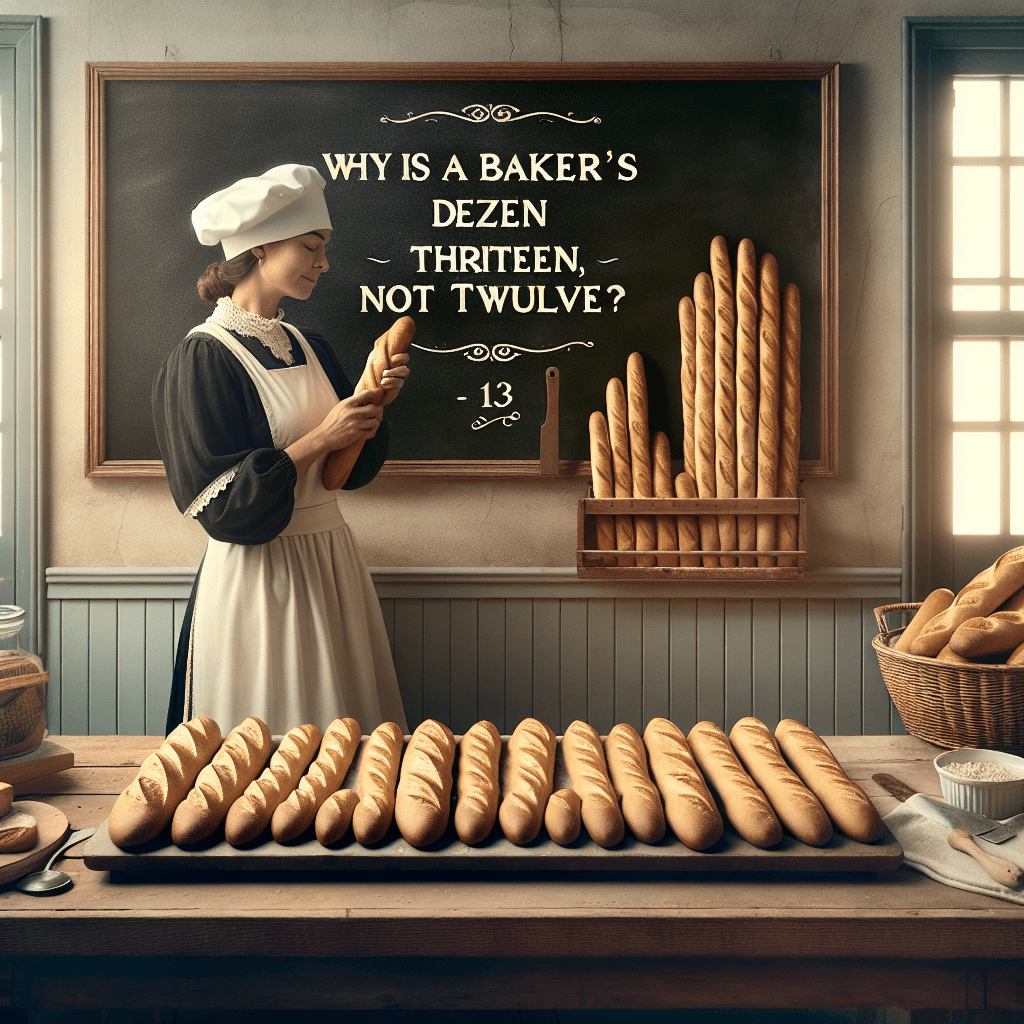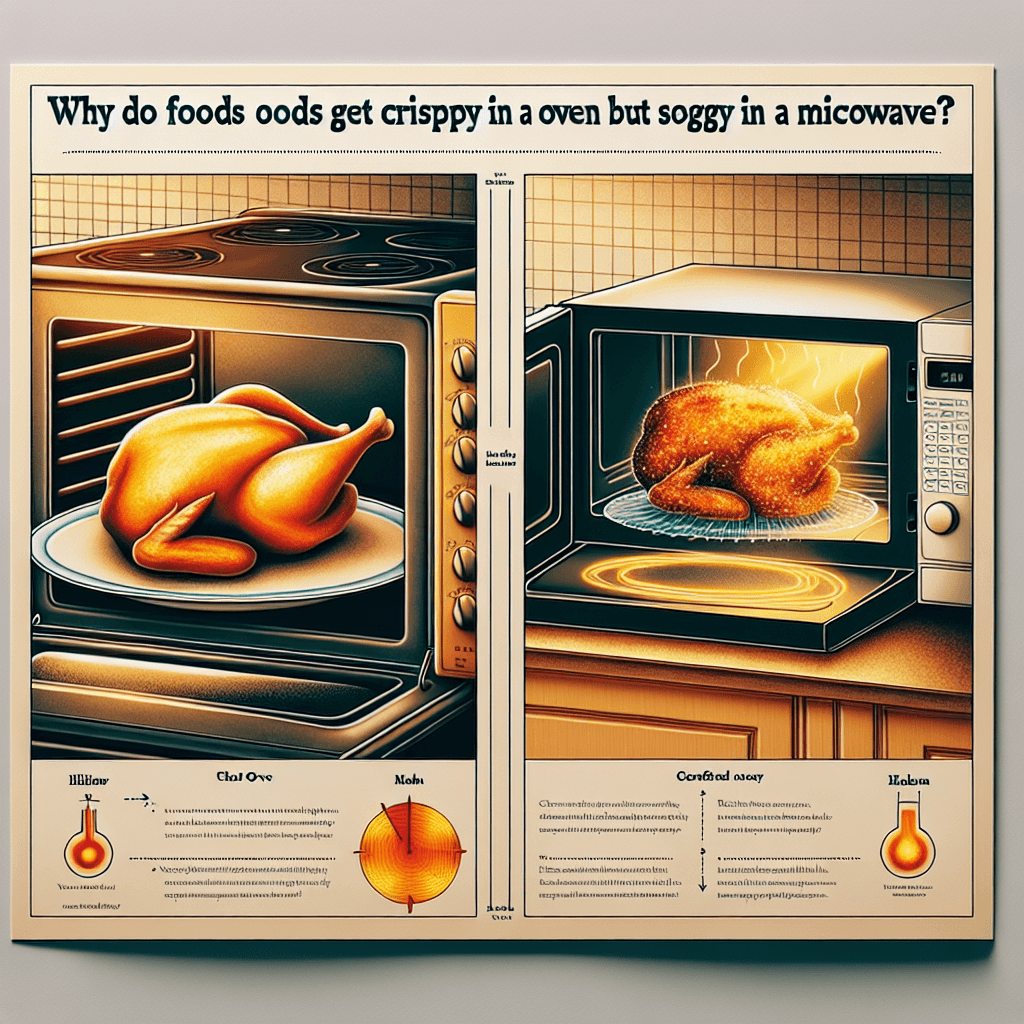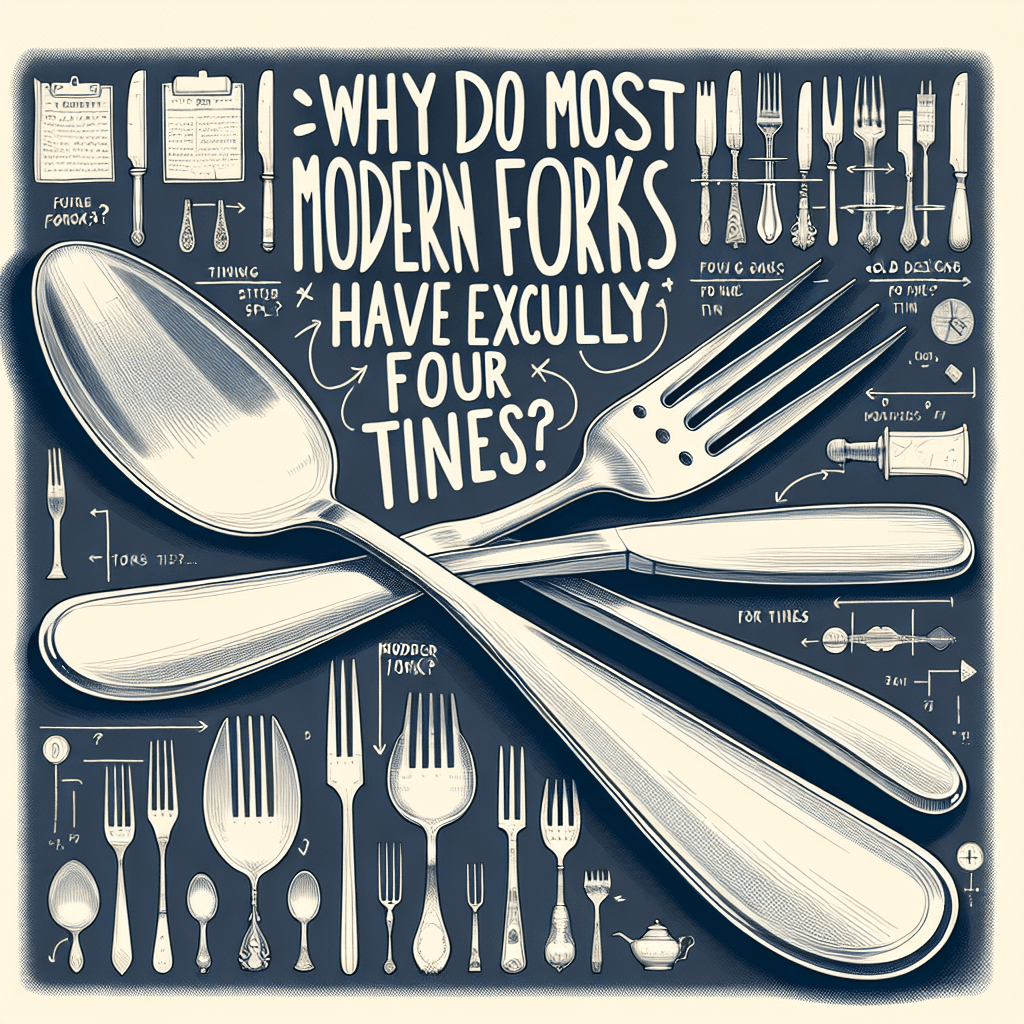Unpacking the Extra: Why is a Baker's Dozen Thirteen, Not Twelve
Ever wondered why a baker's dozen comes with a bonus item? It's not just generosity; it's a fascinating story rooted in history, economics, and a healthy dose of fear.


Too Long; Didn't Read
A baker's dozen is 13 because medieval bakers added an extra item to avoid severe penalties for accidentally selling customers short weight under strict laws.
Unpacking the Extra: Why is a Baker's Dozen Thirteen, Not Twelve?
Ever ordered a "baker's dozen" and received thirteen delicious items instead of the expected twelve? It's a delightful little bonus, but have you ever paused mid-bite to wonder why this quaint custom exists? It's not just a random act of generosity. The story behind the baker's dozen is a fascinating glimpse into history, economics, and a healthy dose of fear. This post will delve into the historical origins of why a baker's dozen consists of thirteen items, revealing a practice born out of strict regulations and the desire to avoid severe penalties. Understanding this tradition offers more than just a numerical curiosity; it provides insight into past commercial practices and the evolution of fairness in trade.
The Standard Dozen vs. The Baker's Dozen
Before we travel back in time, let's clarify the basics.
- A standard dozen is universally recognized as a quantity of twelve.
- A baker's dozen, however, traditionally refers to a quantity of thirteen.
This "extra" item, often called the "vantage loaf" in historical contexts, is the crux of our culinary mystery.
Medieval Laws and Punishing Penalties
The primary reason for the baker's dozen dates back to medieval England, specifically around the 13th century. During this era, laws like the Assize of Bread and Ale were enacted to strictly regulate the sale of essential goods, including bread. These laws were incredibly serious about consumer protection, particularly concerning the weight and quality of bread.
Bakers faced severe consequences if they were found to be "shorting" their customers – selling loaves that were underweight or of poor quality. The penalties were not trivial; they could range from hefty fines to public humiliation, such as being flogged or put in the pillory (a wooden framework with holes for the head and hands, where offenders were exposed to public abuse). Some historical accounts even suggest bakers could lose a hand for repeated offenses, though this is more debated. The fear of these harsh punishments was a powerful motivator.
The Thirteenth Loaf: A Baker's Insurance Policy
Given the severe penalties, bakers needed a way to ensure they were always on the right side of the law. Here's why adding an extra item – making a dozen into thirteen – became a common practice:
- Variability in Baking: Medieval baking wasn't the precise science it is today. Ovens had inconsistent temperatures, and dough could rise differently each time. This meant that the weight of individual loaves could vary slightly.
- Moisture Loss: Bread loses moisture (and therefore weight) as it cools and sits. A loaf that was the correct weight when it came out of the oven might be underweight by the time it was sold.
- Avoiding Accusation: To safeguard against accusations of selling underweight goods, bakers would include an extra loaf when selling a dozen. This thirteenth item acted as a buffer. If a few loaves in the batch were slightly underweight, the extra loaf ensured that the total weight of the "dozen" sold would still meet or exceed the legally required minimum weight for twelve.
Essentially, the thirteenth item was a form of insurance. It was far cheaper and safer to give away an extra piece of bread than to risk the draconian punishments associated with shortchanging customers. This practice helped maintain their reputation and avoid the wrath of the authorities.
The Baker's Dozen in Modern Times
While the strict medieval laws that gave rise to the baker's dozen are long gone, the tradition has surprisingly persisted, albeit for different reasons. Today, if you receive a baker's dozen, it's more likely to be:
- A Gesture of Goodwill: Some bakers continue the tradition as a quaint custom, a way to offer a little extra value and build customer loyalty.
- A Marketing Tactic: The "extra" item can be a selling point, making customers feel they are getting a good deal.
- Nostalgia: It’s a nod to a historical practice that adds a certain charm to the baking profession.
However, with modern, precise baking equipment and less severe penalties for minor discrepancies, the original necessity for the thirteenth item has largely vanished. It's now more of a charming anachronism than a legal precaution.
Conclusion: From Fear to Favor
The baker's dozen, that delightful extra treat, has a rich history rooted not in simple generosity, but in the stringent legal landscape of medieval England. Bakers added the thirteenth item primarily as a self-preservation tactic to avoid severe punishments for selling underweight bread. This "vantage loaf" ensured they met the required weight standards, safeguarding their livelihoods and reputations.
Today, while the threat of the pillory no longer looms over bakers, the tradition of the baker's dozen endures in some establishments as a charming custom or a smart marketing move. So, the next time you're fortunate enough to receive thirteen when you asked for twelve, you'll understand you're partaking in a practice that stretches back centuries – a sweet reminder of a time when an extra loaf meant peace of mind.


